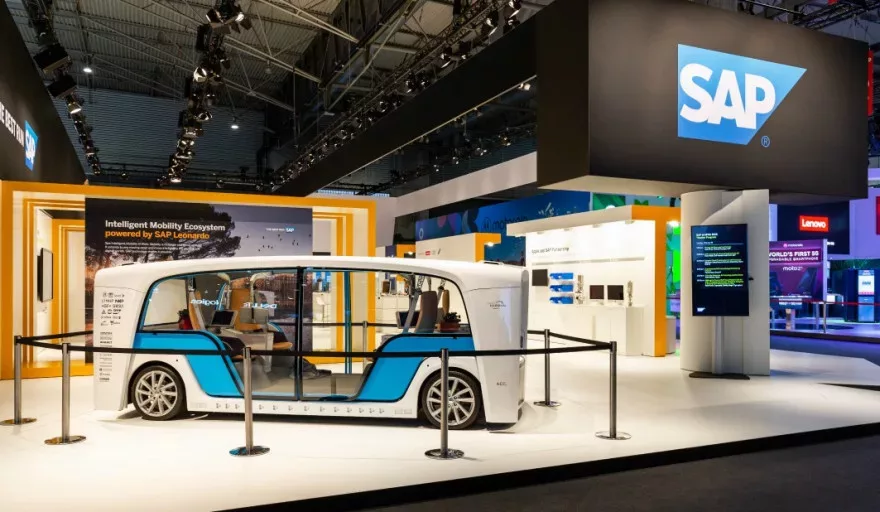A demonstrably skyrocketing market, cloud was high on the agenda of many MWC conversations, and who better than SAP to probe on the latest trends and behaviours. Once more having weaved our way through a packed booth, we sat down to speak with two of the company’s marketing directors.
By 2022, some 28 percent of spend in key IT segments will shift to the cloud.
In monetary terms, IDC calculates that public cloud services spend in 2018 hit $180 billion, a massive year on year increase of 23.7 percent.
“We have definitely seen an uptick in the need for and understanding of how our Cloud Platform can complement individual SaaS solutions,” states Emily Mui, Senior Director, Cloud Platform Product Marketing.
“When you talk about customer experience, it’s no longer about just having individual SaaS solutions, individual cloud solutions or even individual on-premise solutions. It is about having the power of a platform underlying this. This is one of the major ways we pitch our cloud services.”
Mui also explains how SAP’s Cloud Platform enables IT and business users to work closely and therefore extend functionality.
“If you’ve invested in a new ERP system, ecommerce solution and other applications, how can you make it all work together and build new functionality like integration and analytics at scale and speed?” she asks. “It is difficult to do so with just the component parts.”
Integration of applications, Mui recalls, was the major use of cloud when she started working in this realm of technology around three to four years ago, but for her this is just the beginning, a means to an end.
The next step is what you do with the data and information that is made more accessible by this integration.
“We’re seeing more customers being innovative with the cloud platform across many different industries, from non-profits and pharmaceuticals to universities like MIT, who have used SAP to extend their HR functionalities,” says Mui. “Some customers are using it for predictive analysis, some for machine learning, for example.”
“Another important thing to add is that we have customers who use our cloud for agile development,” adds Mui’s colleague Ashruti Singh, Director, Marketing, SAP Cloud Platform. “What they want to do is change things in flight and develop quickly.”
Singh goes on to cite numerous examples of this in action, including a case study with US firm Murphy Oil which SAP showcased at MWC.
In a bid to digitise the oil & gas workforce, Murphy Oil implemented Upstream Production Operations by Accenture and SAP in just five months. This involved various integrations of machine learning and AI and also the development of a backend user interface combining up to 15 different applications.
Citing another example, Singh continues: “In the UK, one of our customers is Northern Gas Networks, whose main reason for using SAP’s Cloud Platform is to help respond quickly to customers and improve customer experience.”
Another product used by Northern Gas Networks, Singh tells us, is SAP’s Digital Boardroom, offering a real-time, digital-enterprise insight into integrated line-of-business data from SAP and third-party applications.
“I come from an analytics background and over the years I have definitely noticed a growing interest in reporting, consolidating data into dashboards,” says Mui. “Now we have all the technology to make this happen and to handle and analyse all of this data.
“The objective has been the same all along – it is about getting the most insight from the various transactions and how you understand your customers. What do they want to buy? How do they want to buy it? We can now do all this a lot more effectively.”
And it is this customer-centric focus that is dictating the strategies of SAP more and more, Mui ending our conversation on this note, saying that the company’s major priority when it comes to cloud is to offer an unrivalled experience.
She concludes: “As a company SAP is placing a big focus on this. There are a lot of technologies available to enterprises so experience is going to be huge – we have high expectations in the way we use our smartphones and computers, and these expectations are now being applied to business applications. The user experience will be more important than ever.”


































